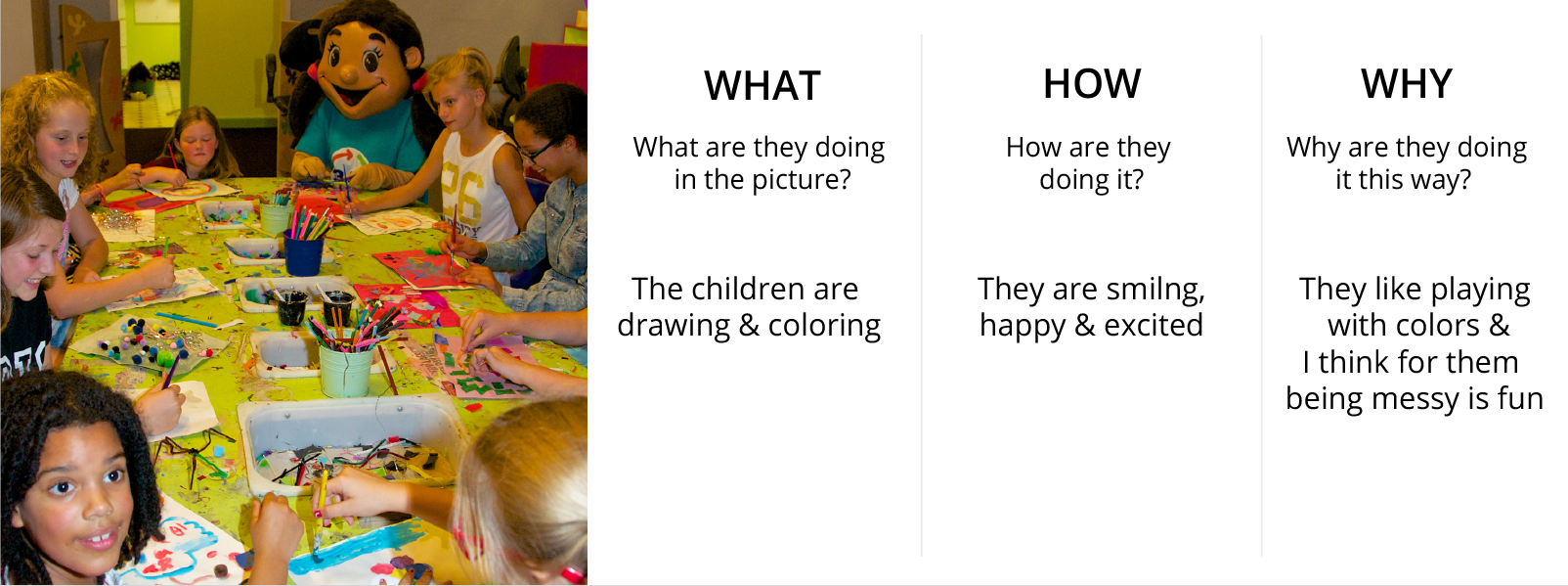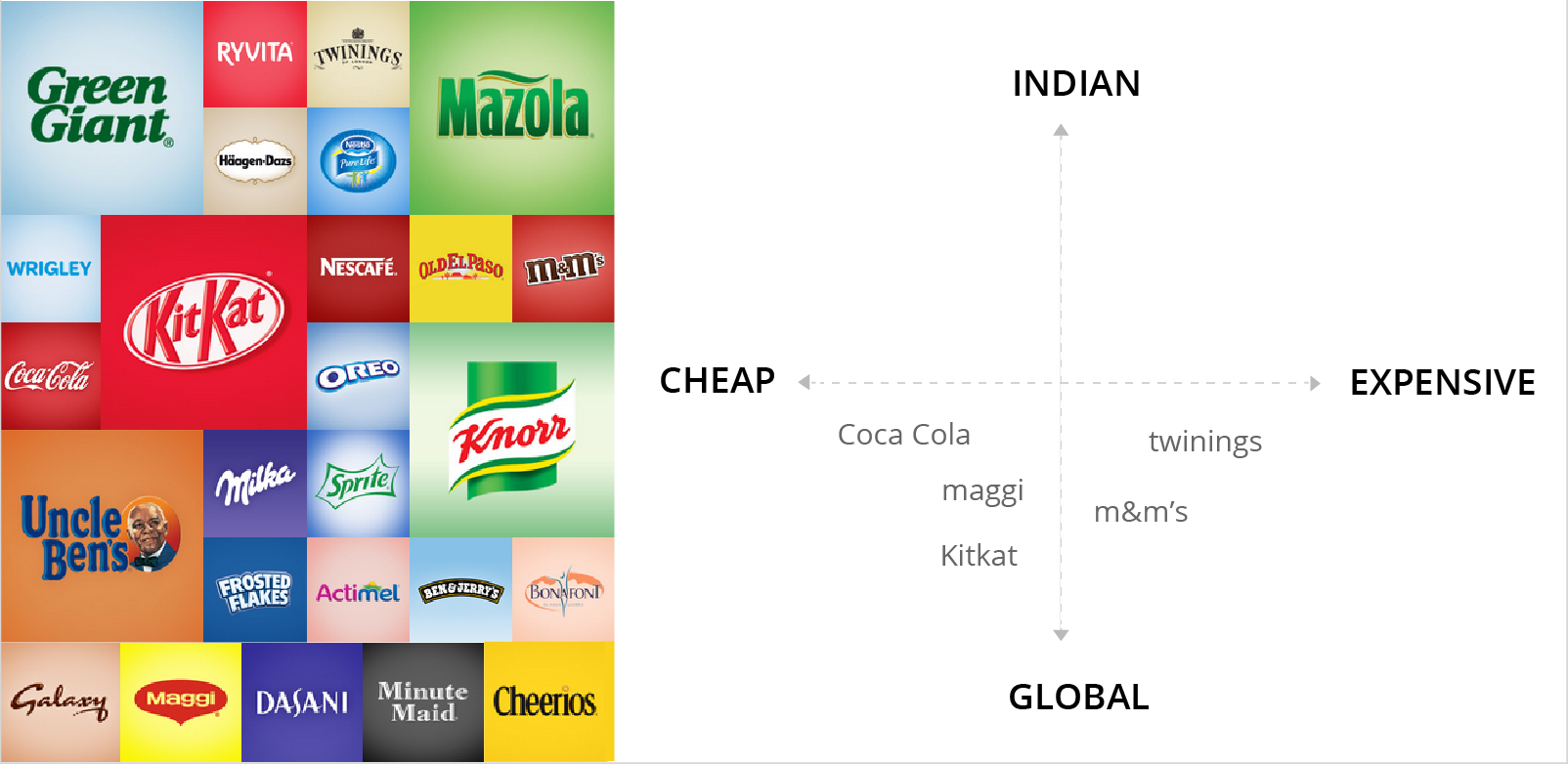This article was originally shared on - https://www.yujdesigns.com/dont-judge-a-designer-by-their-looks/
‘Don’t judge a designer by their looks’ – words I often want to think out loud.
Every time I meet a new client for work, I see hesitation in their eyes and reluctance in their behavior – Does she know anything about UX? Would she be able to deliver UX! She doesn’t “look” experienced, how will she design our product? Should I ask for someone else?
(maybe they are thinking – someone who looks more experienced)
During the first few months of my professional life, my confidence would plummet every time this happened. It frustrated me to the point that I wanted to look older because I was concerned about how I was being perceived by others. I wasn’t given a chance to showcase my work because I ‘looked’ young and it made me feel horrible.
But then I realized something – Every time these doubtful eyes were laid on me, it sparked a little fire within my creative soul. I consciously made it a point to improve my design process. Because now I had something to prove: to myself and to the whole world. I reached out to my mentors and peers who guided and supported me in my quest for identity. I consciously learnt to provide design rationale, which also helped me better my designs, to think out of the box and to design ‘beyond my years’. I learned to base my concepts on thorough user research. I realized that if i wanted people to take me seriously i had to sell my designs with more confidence, i couldn’t bank solely on my aptitude, i also had to alter my attitude.
And guess what.. It worked! The very same clients came around – they started acknowledging my thoughts and ideas, they started believing in my capabilities and yes, they all realized that they were too quick to make a judgment. Some of them apologized for their behavior in their own ways (though I never expected one), some by directly saying it and others by putting their faith in me for more UX work, either way it made me happy.
To read more, visit: https://bit.ly/2VGw66p
This article was originally shared on - https://www.yujdesigns.com/7-mindsets-4-methods-to-apply-design-thinking/
Every problem in this world is an opportunity in itself and the reasons why individuals struggle solving their problems is because 95% of them are thinking of solutions rather than thinking about the problem.
Design works on this same fundamental principle. If we focus less on the outcome and more on design thinking as an approach, that can result in a larger impact.
Design thinking is a creative problem-solving approach with specific tools, methods, and mindset. Designers use it to create new values that are different and to create a positive impact. By practicing it correctly it leads to innovation.
For example – If I give you a piece of paper and tell you to cut it, the first thing which comes to your mind will be where are the scissors? If we sit back and think about the problem i.e. we need a tool to cut the paper, it is then that we will think of other things like blades, punchers, or a whole new concept to cut paper. So the secret is that you have to ask the right questions.
“Design thinking” is an attitude that gets you ‘un-stuck’.
So why design thinking? Because it gives the designers a new way of tackling problems. Instead of following the normal convergent approach where they make the best choice out of available alternatives, it encourages them to explore new alternatives, new solutions, new ideas that have not existed before.
When we are given a task to design something we should disrupt the problem and find out what the real goal is by asking ‘Why’ till we reach the ultimate goal. This is called a root cause analysis. Similarly, there are various tools, methods, and mindsets designers must use to give better solutions. Stanford and IDEO have done an extensive study on these methods and tools to be followed for design thinking.
Mindsets
A mindset is a person’s way of thinking and opinions. A designer should have these mindsets to reach the depth of a problem. These mindsets and methods are from studies done by Stanford school of design
The show, don’t tell: Communicate what you are thinking by visuals. It is more effective than words. This can be done by creating experiences, using illustrative visuals, and telling good stories.
Focus on human values: Empathy for the people we design and feedback from them is fundamental to good design
Craft clarity: Create a clear vision about the design out of many problems. Frame the vision and put it in a way to fuel ideation and to inspire others
Embrace experimentation: Prototype is not simply a way to validate our idea but it is an integral part of the innovation process. Think outside the box, prototype, iterate. We think, make and learn from it
Be mindful of the process : Know the design process, where you are right now in the process, what methods to use in which phase and how to apply it to reach the goals
Bias towards action: Good design is achieved when it is actually made. Many times we spend so much time thinking and we create only one thing. We should strive more towards doing and making things, iterating again and again after thinking. Doing can also result in innovation
Radical collaboration: Bringing together designers and innovators from different backgrounds, varied interests, and viewpoints. When people from different fields come together, breakthrough insights can come up
Methods
There are many different methods to be used in different phases in the design process. These methods aid us to achieve the perfect solution we are looking for. Some of them are discussed below:
What? | How? | Why? : This is a tool that can help us drive to deeper levels of observation. This is a powerful technique to use when analyzing photos that the team has taken into the field, both for synthesis purposes, and to direct the team to future areas of need finding.
Example - There is a picture of kids coloring and playing with their friends and family. The questions we need to ask are what are they doing? how are they doing it? and why are they doing it this way?
Power of Ten: Power of Ten is a re-framing technique that can be used as a synthesis or ideation method. It allows the design team to use an approach to considering the problem at varied points of framing which is from one extreme to the other.
Example - In these ten frames are shown from one extreme to another extreme. Image 1 shows a galaxy and image 10 shows the tiniest cell of human skin.
2×2 Matrix: A 2×2 matrix is a tool to use it during the synthesis process to help think about relationships between things or people. The aim is that insights or areas to explore more deeply will come out from using a 2×2. 2×2 matrices are also a great way to visually communicate a relationship we want to convey.
Pick two spectra (one on each axis). The items could be the product, objects, motivations, people, quotes, materials – any group of things that would be useful to explore. Put opposites on either end of each axis. You might place coffee drinkers on a matrix of passion for coffee (low-to-high) vs. economic status (rich-to-poor). Look for relationships by seeing where groups start to form. Try some combinations, even if you are not sure which is right – the first attempts will inform the ones to follow.
One common use for a 2×2 matrix is to consider the competitive landscape. In this case, an empty quadrant could signal a market opportunity (or a very bad idea).
Example - There are 26 food brands of which we have to make a 2×2 matrix. In this, we have taken parameters of Indian and global brands on the Y axis, cheap and expensive brands on the X-axis. Maggi will come under the third quadrant which is cheap and global. When all brands are put in some quadrant we can find out insights about the relationships between them.
Stoke: Stoke activities help teams loosen up and become mentally and physically active. We can use stoke activities when energy is wavering, to wake up in the morning, to launch a meeting, or before a brainstorm.
To conclude
There was a study in 1979 by Bryan Lawson to investigate the different problem-solving approaches of designers and scientists. The study concluded that scientists solve problems through analysis, while designers solve problems by synthesis. And design thinking uses both analysis and synthesis. Design thinking can be applied to all fields like education, teaching, business, science, etc. as the secret sauce to success.
In the end, as designers, we must always remember that ‘big huge corporations get beaten by the kids in the garage’s through design thinking.’
References
https://dschool.stanford.edu/resources-collections/a-virtual-crash-course-in-design-thinking
https://www.ideo.com/post/design-thinking-for-educators
https://en.wikipedia.org/wiki/Design_thinking






